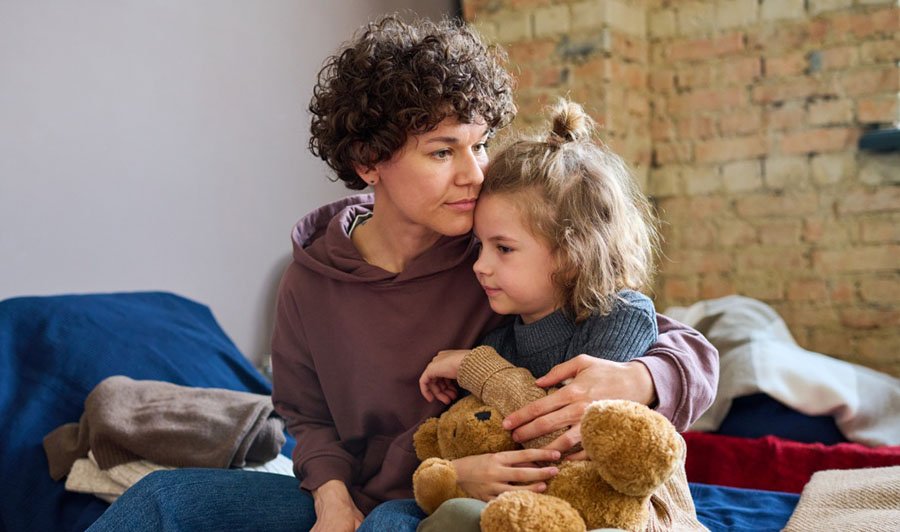читайте также
 Eurozone on Alert: ECB Flags Growing Vulnerabilities in the Financial System
Eurozone on Alert: ECB Flags Growing Vulnerabilities in the Financial System
 Hotel Investment 2025: New Opportunities for the Market — Key Insights from the Cayuga Conference
Hotel Investment 2025: New Opportunities for the Market — Key Insights from the Cayuga Conference
 Vietnam Hit by Record-Breaking Floods: Tourists Advised to Change Their Plans
Vietnam Hit by Record-Breaking Floods: Tourists Advised to Change Their Plans
 WTTC: Travel & Tourism to Create 91 Million New Jobs by 2035 — but a 43 Million Workforce Gap Looms
WTTC: Travel & Tourism to Create 91 Million New Jobs by 2035 — but a 43 Million Workforce Gap Looms
 How Children Receive Residence Permits in Europe: Full 2024 Statistics
How Children Receive Residence Permits in Europe: Full 2024 Statistics
 Cyprus to Introduce Construction Police as Oversight Tightens in 2026
Cyprus to Introduce Construction Police as Oversight Tightens in 2026
New Tourism Trends 2026: Comfort and Predictability

Photo: Hilton
Travel trends are shifting, and in 2026 the main priority will no longer be discovering new countries but finding comfort, connection, and emotional fulfillment. According to a Hilton report based on Ipsos data, next year travelers will focus on emotional motivation — seeking rest, reconnection, and meaningful experiences.
The study is based on responses from 14,000 people across 14 countries, along with Hilton’s internal data from more than 5,000 employees and feedback from thousands of loyalty program members. This breadth of insights allowed researchers to identify five key trends that will shape traveler behavior in 2026.
The report introduces a new concept: “Whycation” — from why and vacation — the idea that people will choose destinations and hotels that align with their emotional needs rather than following travel trends. Hilton CEO Chris Nassetta emphasizes that 74% of travelers already prefer booking with familiar, trusted brands. This marks a clear shift toward predictability and comfort as the main decision drivers, suggesting that in 2026 confidence in service quality will matter more than exotic locations.
In Search of Serenity
The first trend, Hushpitality, focuses on “quiet hospitality” — the desire for peace, privacy, and a slower pace. Nearly half of respondents (48%) extend their family vacations to include solo time, while 54% view business trips as opportunities for brief personal retreats.
Among business travelers, 27% intentionally carve out time for themselves, 30% prefer dining alone after group events, and 19% choose sleep over evening socializing. This craving for calm is driving demand for simplicity and low-interaction technology. Almost three-quarters (73%) appreciate digital check-in, and 27% increasingly rely on online communication with hotels to streamline their experience.
In 2026, travelers will seek destinations that help reduce sensory overload and restore inner balance. Even short moments of stillness will become a new form of rest and a key factor when choosing where to go.
Home Comforts: The New “Carry-On”
The second trend, Home Comforts Are the New Carry-On, highlights how travelers bring their personal routines with them — favorite shows, daily rituals, and even pets. Familiar habits help them unwind and feel secure, while leisure time is increasingly dedicated to recovery and self-care.
Around 80% of respondents feel calmer when they can order familiar meals, and 48% prefer cooking for themselves. For 77%, visiting local supermarkets is now part of the travel experience — a form of “gastro-tourism” that connects them to local life through everyday details.
Modern travelers also plan with dependents in mind: 64% of pet owners prioritize their pets’ comfort over their own, and 75% of “plant parents” account for watering schedules when planning vacations. Meanwhile, 72% hope to devote part of their trip to hobbies, and 60% are open to taking extended breaks — lasting months or even years — to recharge or pursue new passions.
Family Travel: Together Across Generations
The third trend, Generation Permutations, explores how family travel is evolving. Multi-generational trips are gaining popularity, as are skip-gen vacations — when grandparents travel with grandchildren without the parents. Adults increasingly view travel through the eyes of children, incorporating curiosity and play into itineraries.
According to the survey, 73% of parents and grandparents plan to involve kids in trip planning, and 78% say children inspire them to try new activities. Nearly one-third (30%) have already taken skip-gen trips, while half of parents with multiple children organize separate journeys with each child to create one-on-one bonding moments.
By 2026, 84% of families are expected to prioritize interactive, shared experiences, and 58% aim to reduce screen time during vacations to enhance real-world connection.
Inherited Travel Habits
Family influence remains strong even as children grow up. The report introduces Inheritourism, or “travel by inheritance,” describing how travel styles are passed down through generations. Two-thirds of respondents said their hotel choices are shaped by family habits, while 58% follow loyalty programs selected by their parents.
For 73%, their travel preferences were entirely formed within the family. Over half (53%) still travel with at least one adult child, though parents typically cover most expenses — only 11% of adult children pay for their own trips. Around 70% of families look for culturally rich routes, and 52% plan trips to explore their heritage. These experiences turn travel into a continuation of family history and a way to preserve shared identity.
The Return of the Road Trip
The final trend, The U.S. Road Trip Returns, celebrates the revival of classic American car journeys, driven in part by the upcoming 250th anniversary of the United States. The road itself, not just the destination, becomes central to the experience.
61% of travelers say they wouldn’t drive more than five hours without a hotel stopover, and 90% rank a comfortable bed as the most important part of road-trip rest. Free breakfast remains a top priority for 83%, while 63% consider a pool essential for relaxation after a long drive.
In 2026, travel will enter a new phase — slower, more intentional, and centered on comfort, recovery, and emotional well-being. The data shows that travelers will choose trusted brands and familiar experiences, valuing reliability and attention to detail. For the industry, this is a clear signal: the new luxury lies not in novelty, but in creating a sense of confidence, calm, and belonging.





